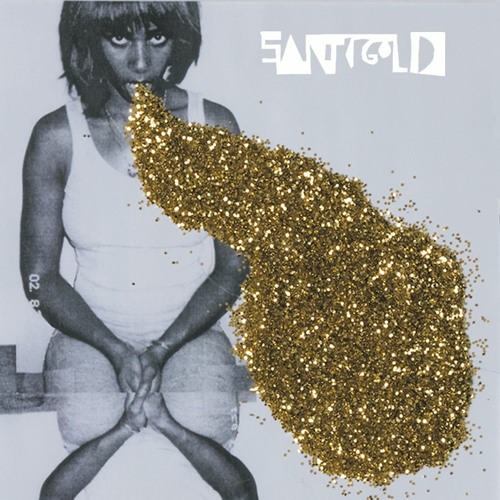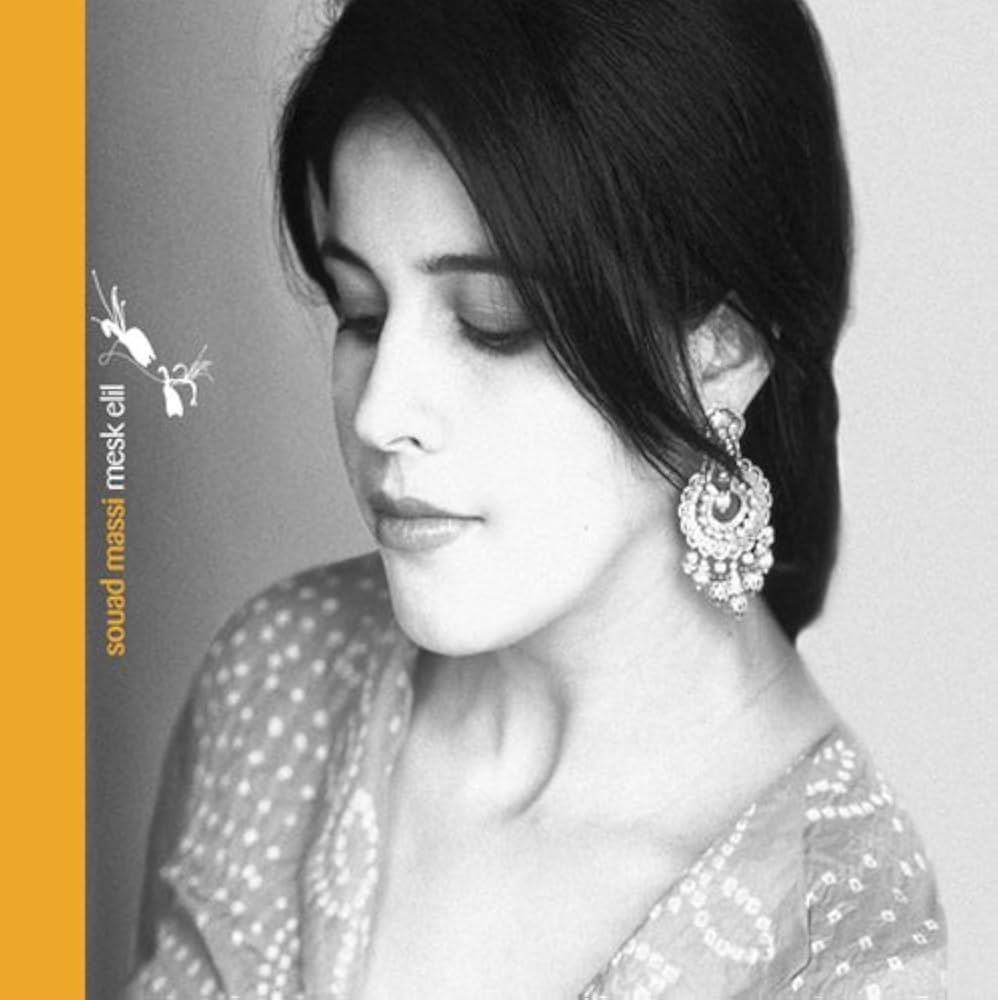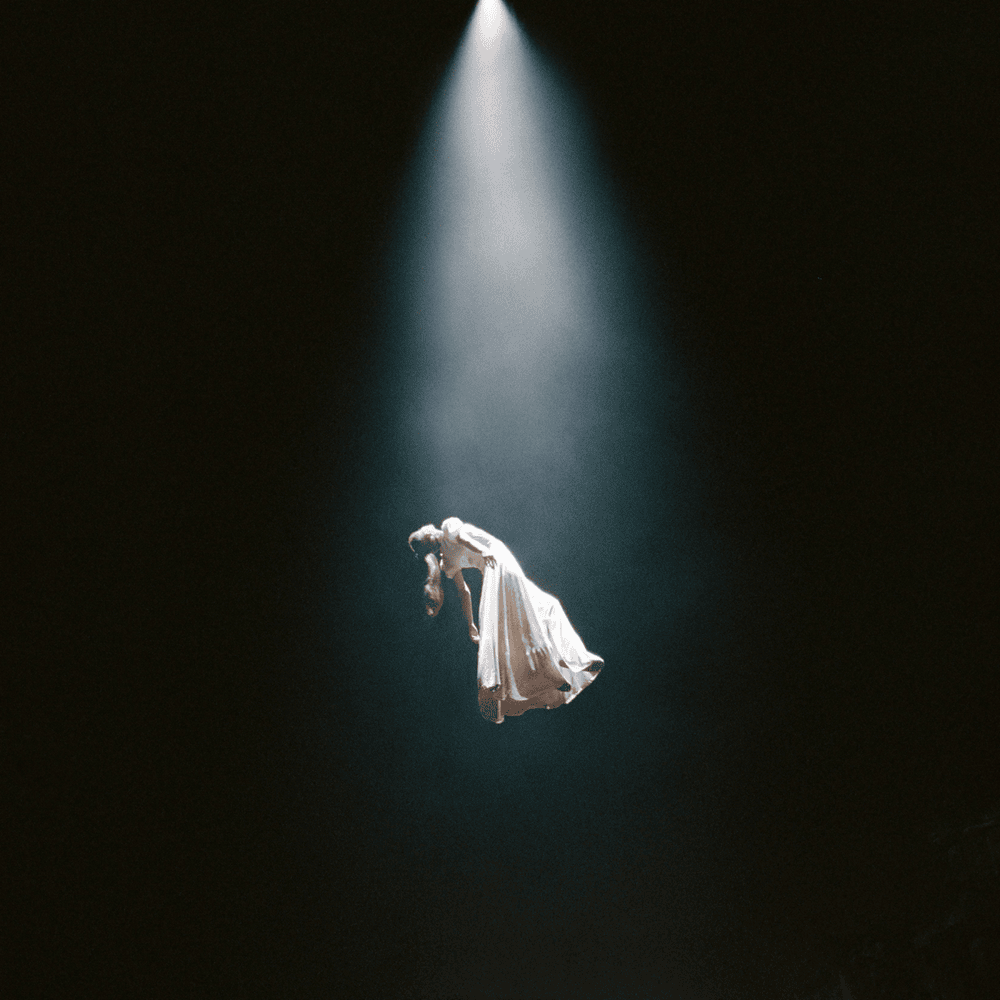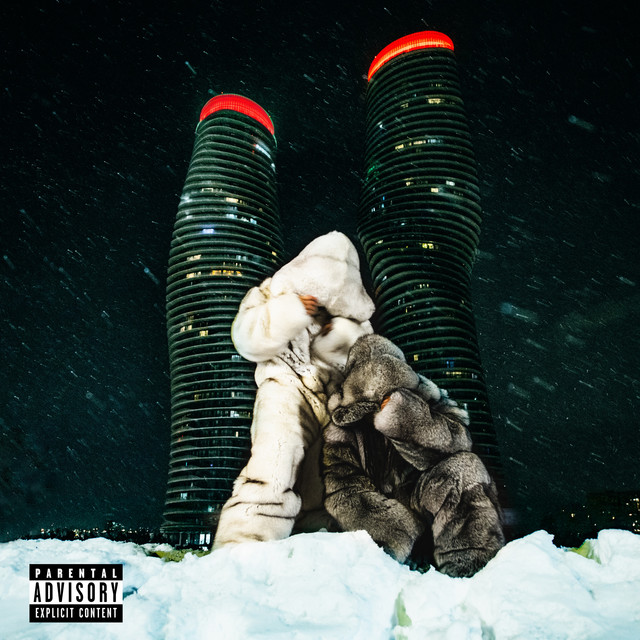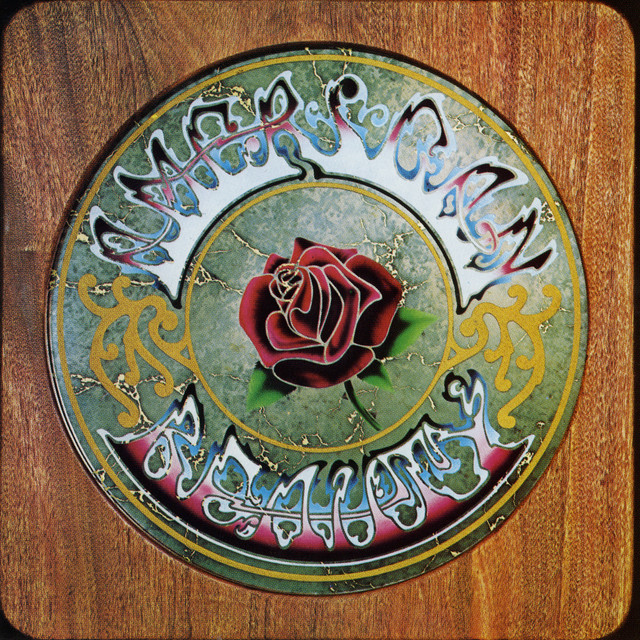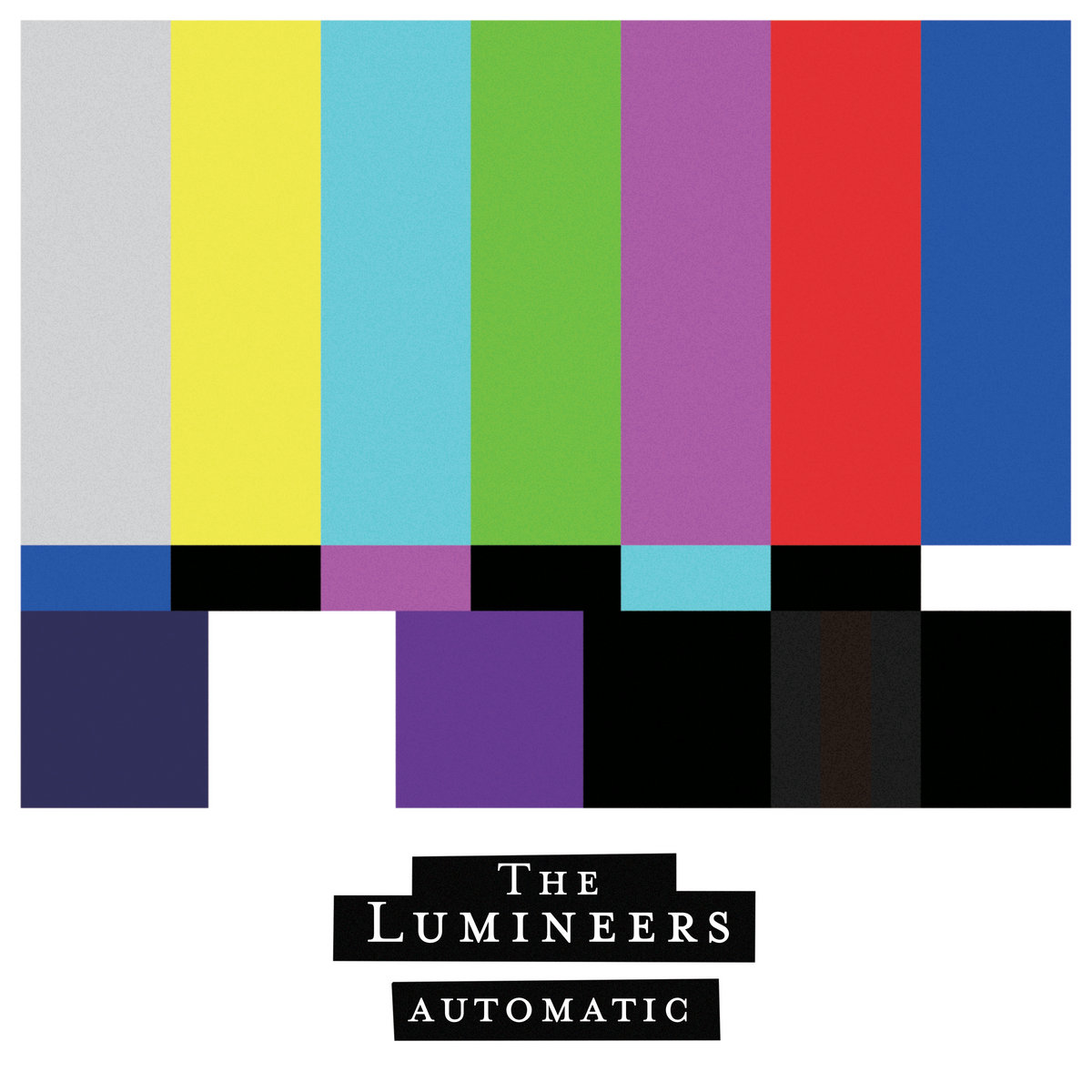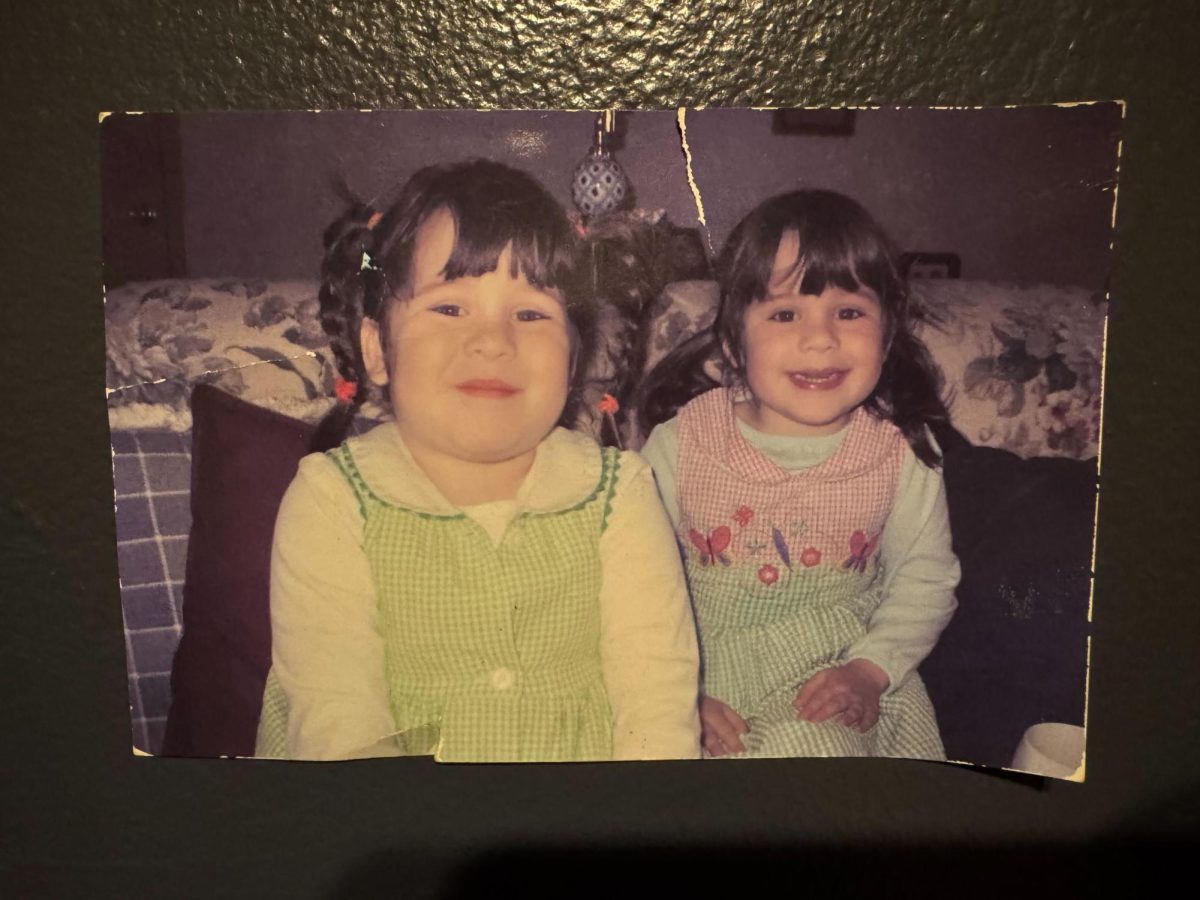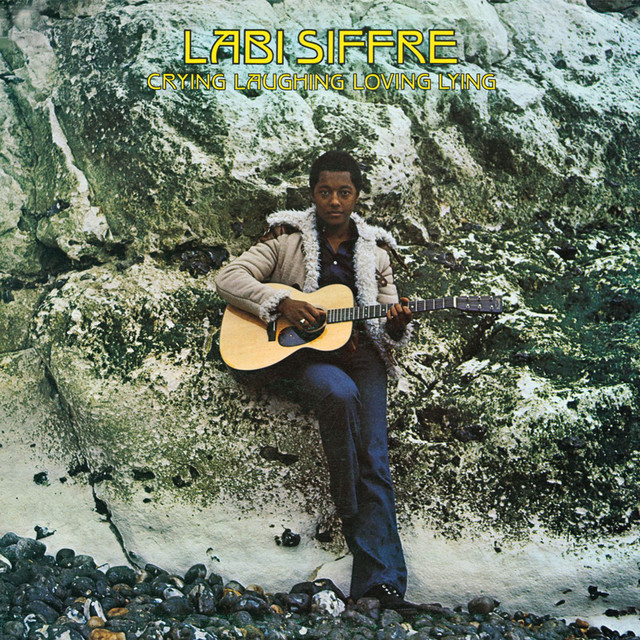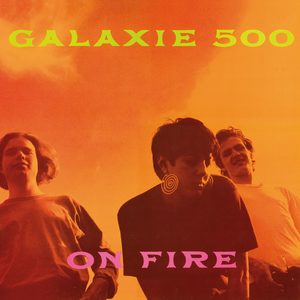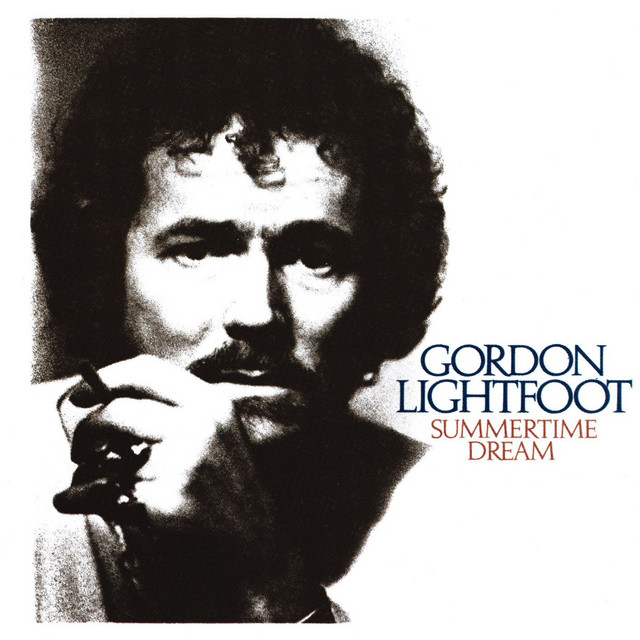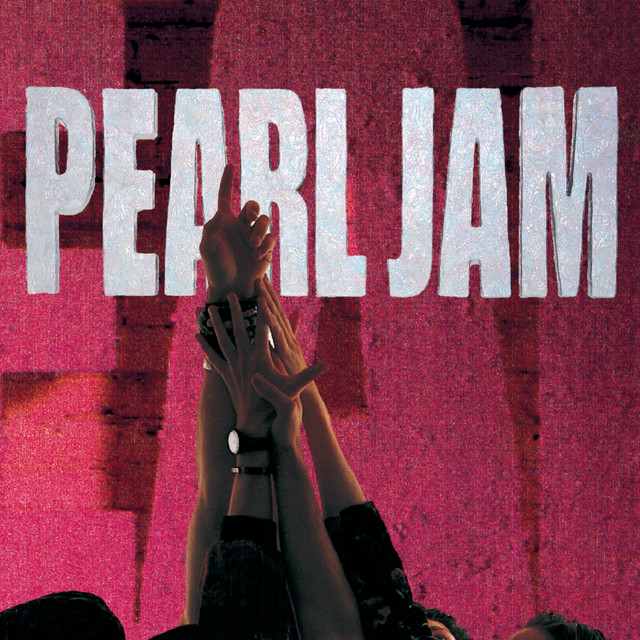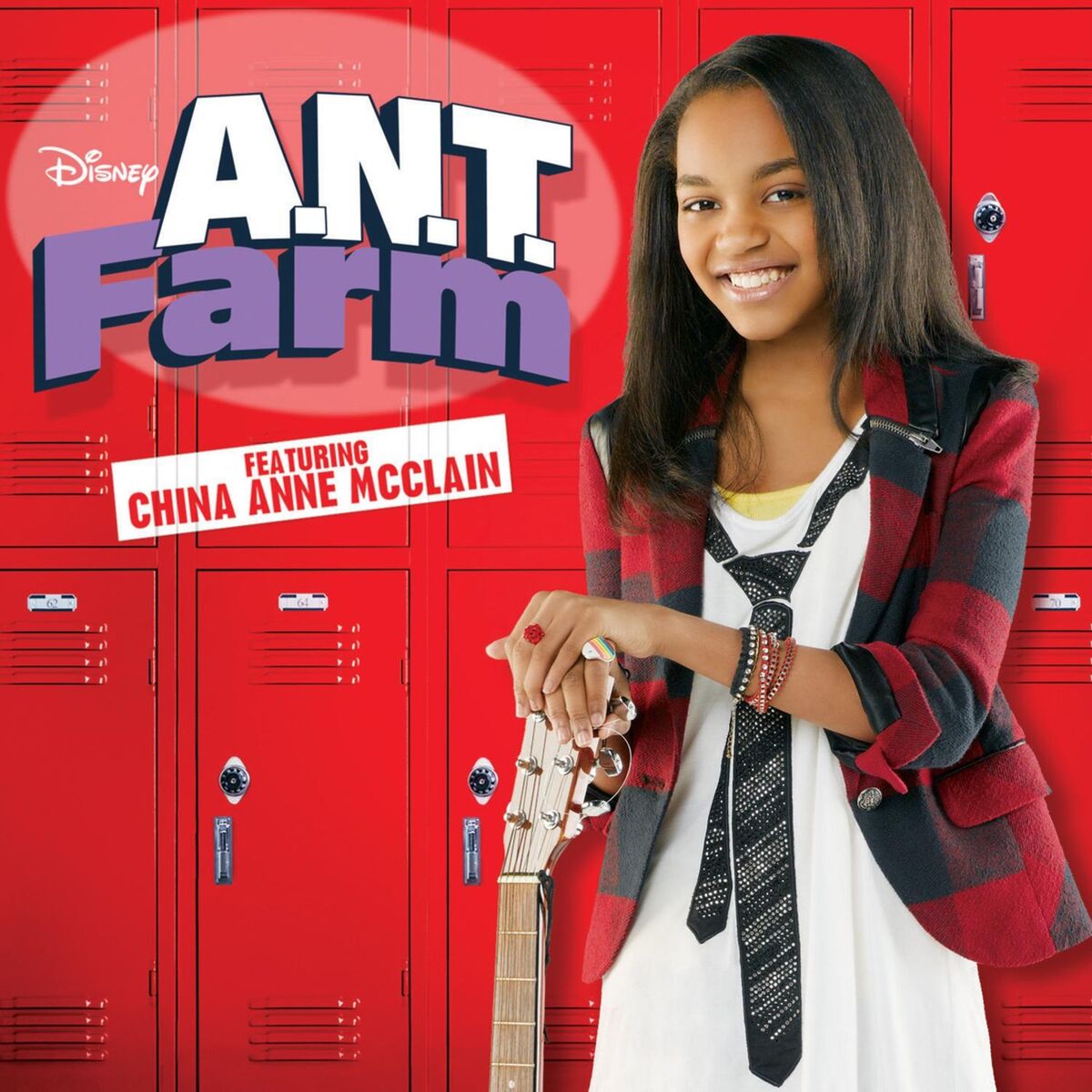I first heard Santigold when I was about 10 years old. Those surrounding years feel like a blur now, as if they were filmed on the crappy video camera my parents bought in 2009. They glitch in between moments and memories, those of which I’m not quite sure happened when I was young or old or both.
They were, however, the foundation for my music taste today, with artists ranging from XTC to De La Soul and A Tribe Called Quest to Datarock and Interpol — all of which had the pleasure of being played in my dad’s car in the 2010s.
My dad owned a green, beat-up van, and I felt it had existed for eternities beyond my own lifetime whenever I sprawled out on the back seat cushions that had faded and torn at the edges of the cracked leather. The sun warmed up the seats just right some days, and on others I would be burned by the touch of metal from the seatbelt onto my skin.
This van was the sole vehicle for my journey in discovering music — music that was loud and angry and perhaps showed sides of myself I never thought to admit or hadn’t yet discovered during my awkward and painful “tween” years.
The 1999 Chevy Astro had speakers that dominated every inch of space. My dad was, and remains, a firm believer that the louder the song is, the better it sounds. He had refused to listen to anything that could not be played at decibels most likely unhealthy for your ears. This was the start of my deep love for loud music — these songs played on full blast over the neighboring sounds of mariachi bands we drove by on our street in Alum Rock, or played over the honking of drivers whose cars were cut off on the agonizing 101 freeway on late weekday afternoons.
My dad would get frustrated and mutter curse words under his breath while my older brother sat slumped in the passenger seat, staring at his shiny, blue 3DS. All I could do was roll down my window and lean my head against it, swaying my feet to the rhythm of whatever was playing.
I guess my dad was right about this: There was no better way of listening to music than letting myself sit in a bed of noise, allowing it to swallow me whole like a thick blanket. There was no room for any thoughts to be had besides how great it is that I get to exist at the same time that great music like this is made.
This is exactly the sentiment I felt listening to “I’m A Lady” by Santigold, featuring Trouble Andrew, off her debut album released in 2008. I was immediately drawn to Santigold’s voice, which sings lines fast and unforgiving, yet articulate.
“Try to hold a light to me /
I’m a Lady /
Got my mind made up /
Got my mind made up.”
As a young girl so obsessed with being as forgiving and amicable in making others as happy as possible, this was a foreign concept to me. That you could be so unapologetically non-adhering to other’s needs if it meant you were acting for yourself. Santigold sings of the woman I am, and the woman I simultaneously want to be: independent and certain of what she wants, or at least what she doesn’t. She doesn’t concern herself with the ideas of what she is to others or is supposed to be.
I was reintroduced to this album a few years later upon entering high school, like I had rediscovered an old shirt I loved from the dusty back corners of my closet. It came at a time where I felt I was not ready to grow up and endure the pain of being old but felt cursed for feeling so young. Santigold’s music felt like looking at lyrics with small mentions of me, someone who was never quite sure of herself and her place in the world, as she never sticks to any particular genre.
Her self-titled debut album, Santigold, serves multiple conventions of post-punk, hip hop and new wave in a pop album. However, to simply call this just another pop album would surely have you mistaken. Prior to her solo career, she actively worked as a music producer and released music with her band Stiffed, which played a variety of ska-punk with electronic and indie rock sounds. Santigold’s defiance of genres not only broke boundaries of what black music should, or does, sound like, but also the types of music women of color made.
Throughout the song, the steady drums carry the urgent weight of my decisions, as well as the anxieties and self-doubt that come with making them, but with a quick tempo that makes me certain of the choice I am making, at least for now. It leaves you no other choice than to bop your head or tap your feet. The gentleness of Santigold’s tone in the song’s bridge echoes like a soft and loving mantra that maybe this endeavor won’t work out, but in the end I will.
“No one said no, no one said /
Make something with what’s in your head /
And the dream’s all gone.”
The dreams and things that I once prioritized had left my mind one day without my realizing it. I’m still me, breathing and existing as I always have, but I have led so many lives. The different versions of myself have not come from evolving, but in changing so gradually that it goes unnoticed, like the tiny pieces of lint left on my jeans or the addition of another freckle on my cheek, gifted from the sun.
This song instills in me a desire to appreciate the things of the past I once found important: the badly painted canvases and art I have sprung up all over my walls, my old and beloved Converse I wore in those videos from the crappy video camera or the messy and rushed semblance of words in my old journals I feared that people would discover, which may seem quite silly now.
I may not know the childhood friends I had quite as well now, and I may not remember what cartoon my brother and I fought over watching on Saturday mornings, but the memory of these things that were once the highlights of my days lives on. That memory is proof enough that I have existed as anything other than the person I am now. Saying goodbyes to those things, or the person I was at the time, is hard, but it’s harder when you realize that you didn’t even know you had left. “I’m A Lady” is an echo of the past, present and everything in between.



